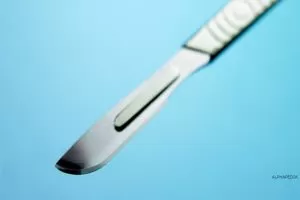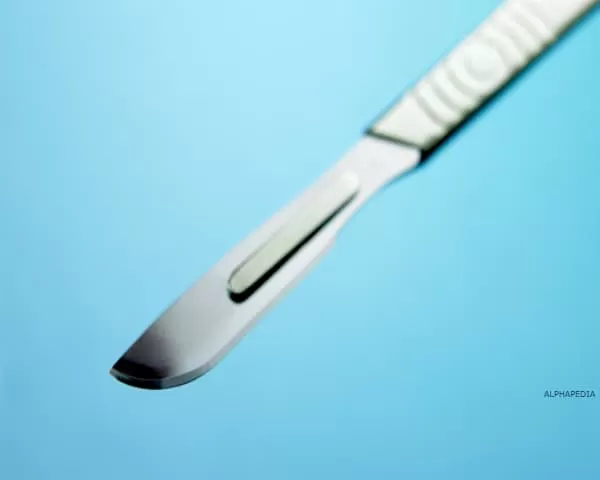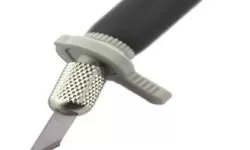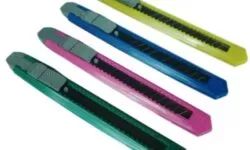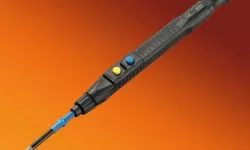Etymology and History of Scalpel Meaning
French Bistouri, perhaps of Italian dialectal bistori, bistorino, Pistoia, Latin Pistrium, Pistoia.
From the Latin scalpellum “a surgical knife,” diminutive of scalper “knife, chisel, tool for scraping or cutting,” from the scalpel “for carving, cutting,” related to sculpting “for carving or sculpting,” from the root PIE * skel- “to cut” in Indo-European roots.
The word scalpel began to be used in Castilian in the fifteenth century, derived from the French scalpel, and the latter from the Italian bictory, which would have its origin in the Italian city of Pistoia, Tuscany.
Through the conversion of the p into b (the old name of the city was Pistorium in Latin and Pistorí in French) famous because in it, since the Quattrocento, swords, daggers, daggers and surgical knives were manufactured.
It is defined as a small knife with varied designs, the emblematic instrument par excellence.
The evidence of knives used in medicine goes back to the Mesolithic period (the Middle Stone Age), around 8000 BC, when flint knives were used as scrapers to cut the skull.
Hippocrates was the first to use the word macairion, derived from machaira, an old Lacedaemonian sword, which had a wide, single-edged blade and a straight, sharp tip to describe what would later become the scalpel.
This is why, even at the time of Hippocrates, the form of the scalpel was very similar to the present one.
Galen in his early writings used the word smilé to denote a scalpel. Born in Greek Asia Minor, he moved to Rome, where he wrote most of his writings.
He translated the puffy scalpel that Hippocrates used to open the empyema as “staythawadace,” which literally means “breast shape,” referring to a woman’s breast.
The Romans used the Latin “scallpellus”, from which the English “scalpel” is clearly derived. This was the golden age of surgery in Rome, when Celso and Galen, as leaders of Roman surgery, followed the teachings of Hippocrates.
The ancient Romans were extremely skilled in the art of making cutting instruments.
After the death of Galen and the other great surgeons of the 2nd century AD, came a period of hundreds of years in which the art of medicine and surgery fell back under the domination of religious fanatics.
During the Middle Ages, from 500 to 1000 AD, a period known as the Middle Ages, knowledge of surgery was lost and advances in surgical instruments were stopped. Religious beliefs and superstitions contributed to the stagnation of medical knowledge.
In fact, little progress was made in surgery until the time of Guy de Chauliac in France in the mid-fourteenth century and Ambroise Paré in the fifteenth century. Paré began as a barber surgeon and became a military surgeon, then a master surgeon and finally a surgeon at the court of Henry II, King of France.
Paré received credit for countless innovations in the art of surgery, and improved and refined surgical instruments more than any other man. The surgical instruments that were developed during his time were true pieces of art.
Related Topics
Other Laboratory Materials and Instruments in ALPHAPEDIA
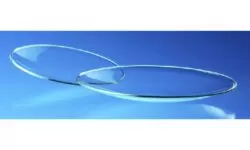
WATCH GLASS PRICE
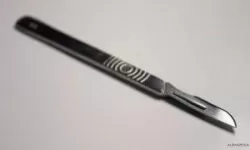
DIAMOND KNIFE PRICE. Reviews and Offers
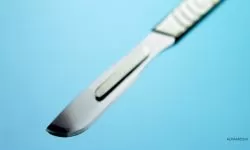
SCALPEL PRICE: Reviews and Offers
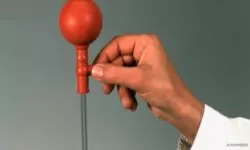
PROPIPETTE PRICE: Prices, Reviews and Offers
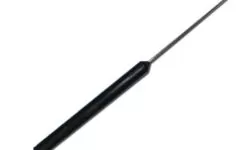
DISSECTING NEEDLE: Prices, Reviews and Offers
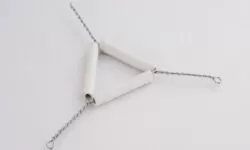
CLAY TRIANGLE: Use, Function and Price
Other Topics of Interest in ALPHAPEDIA

NAMES OF GREEK GODS: Apollo, Ares, Cronos, Dionysus

FREE ART COURSE

FREE INTERIOR DECORATING COURSE

FREE DIGITAL MARKETING COURSE

FREE BACHELOR DEGREE IN HUMAN RESOURCES

FREE MASTER DEGREE IN THEOLOGY
Image of SCALPEL Meaning
